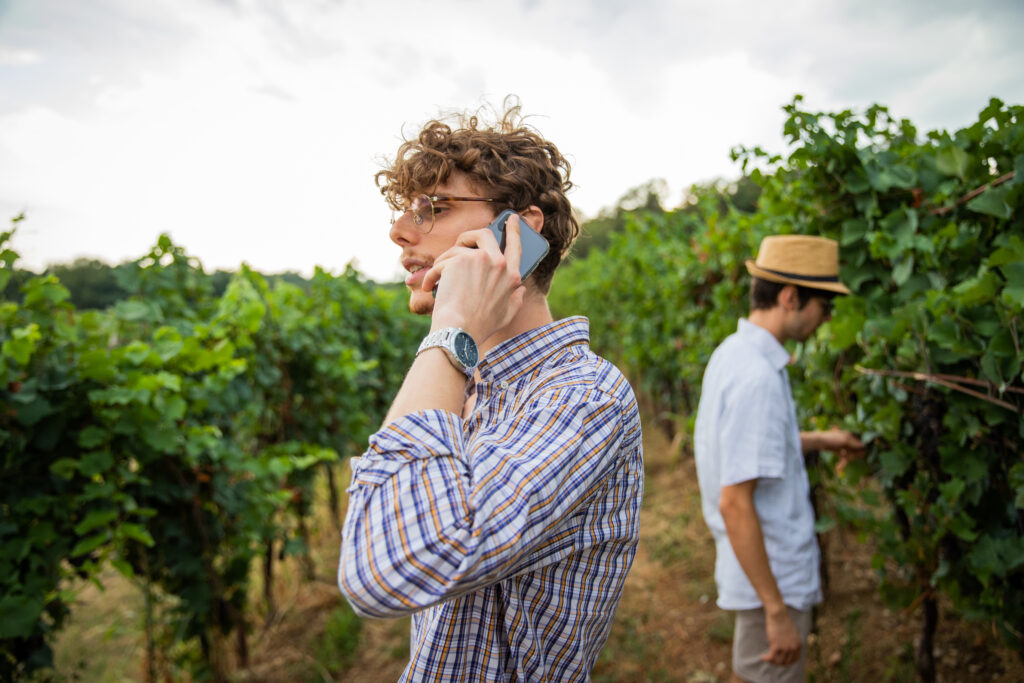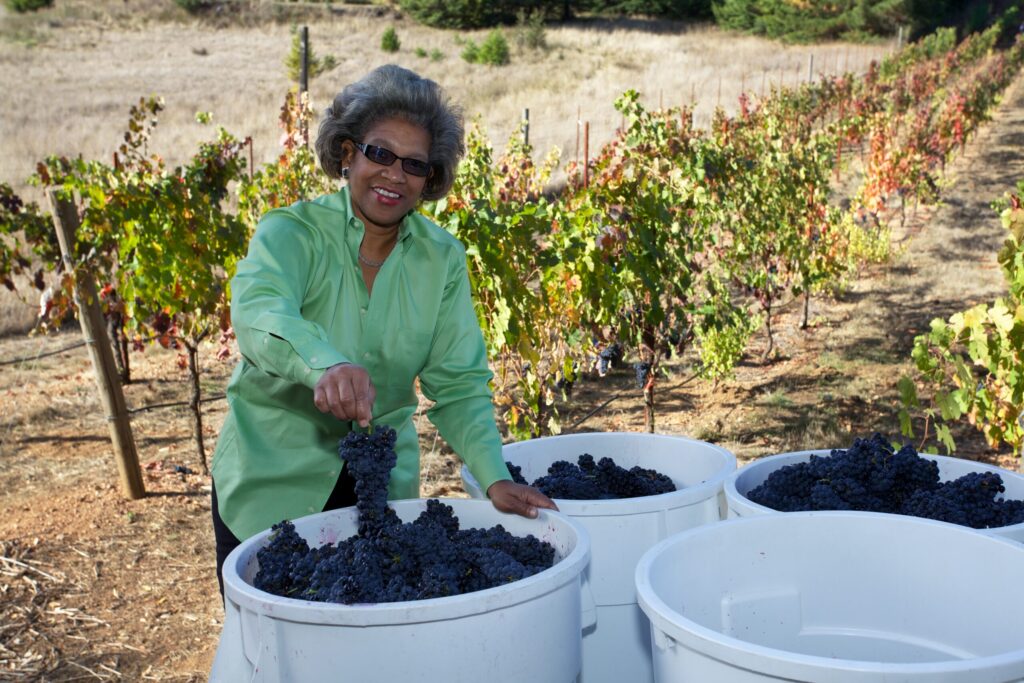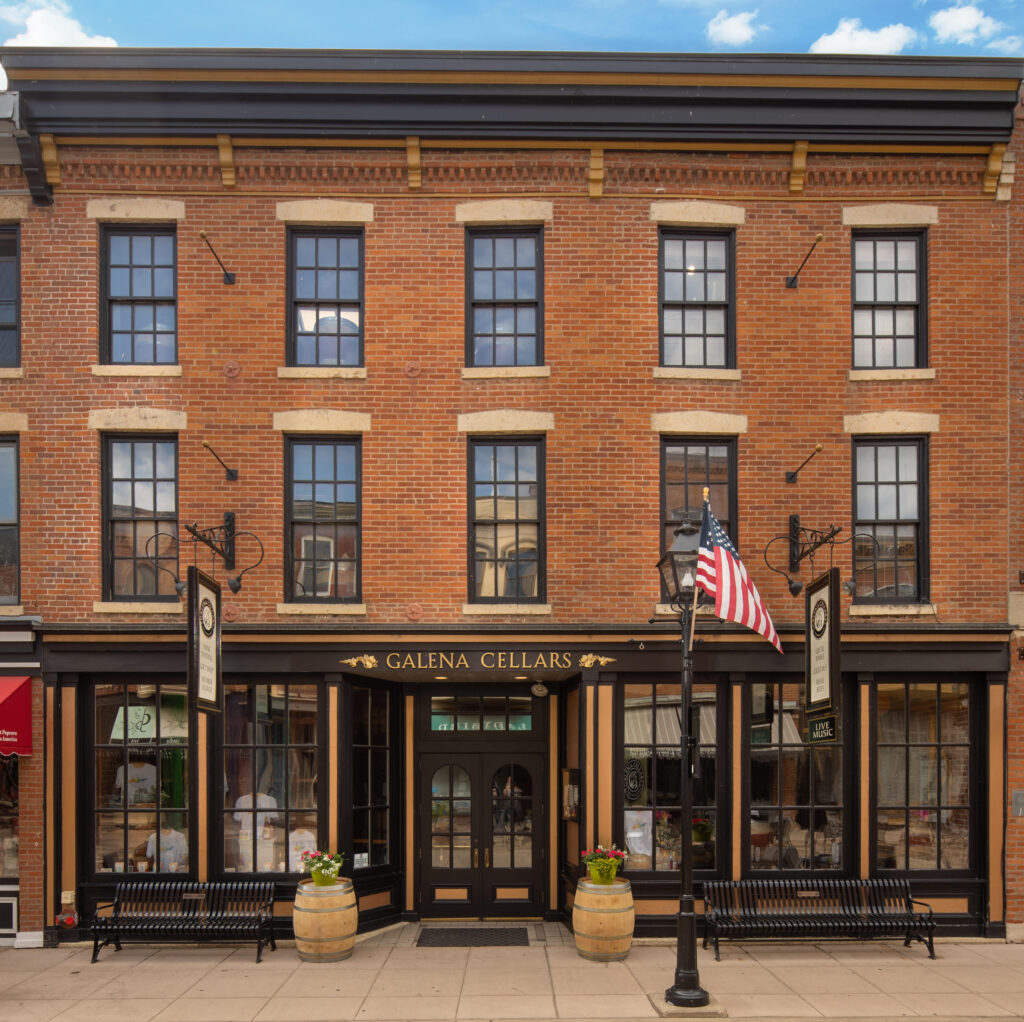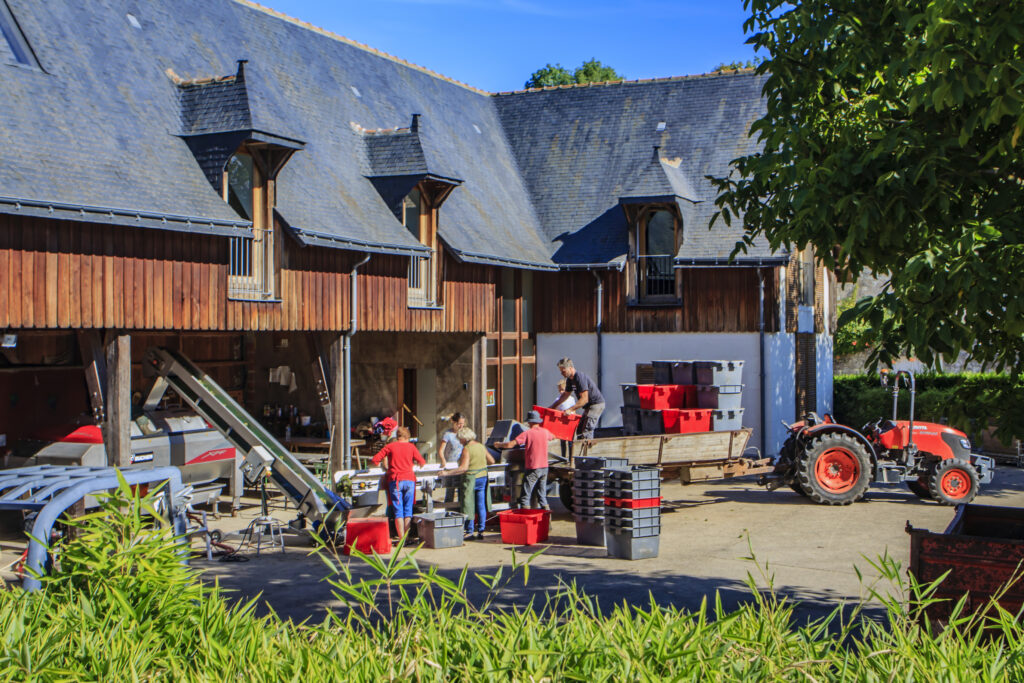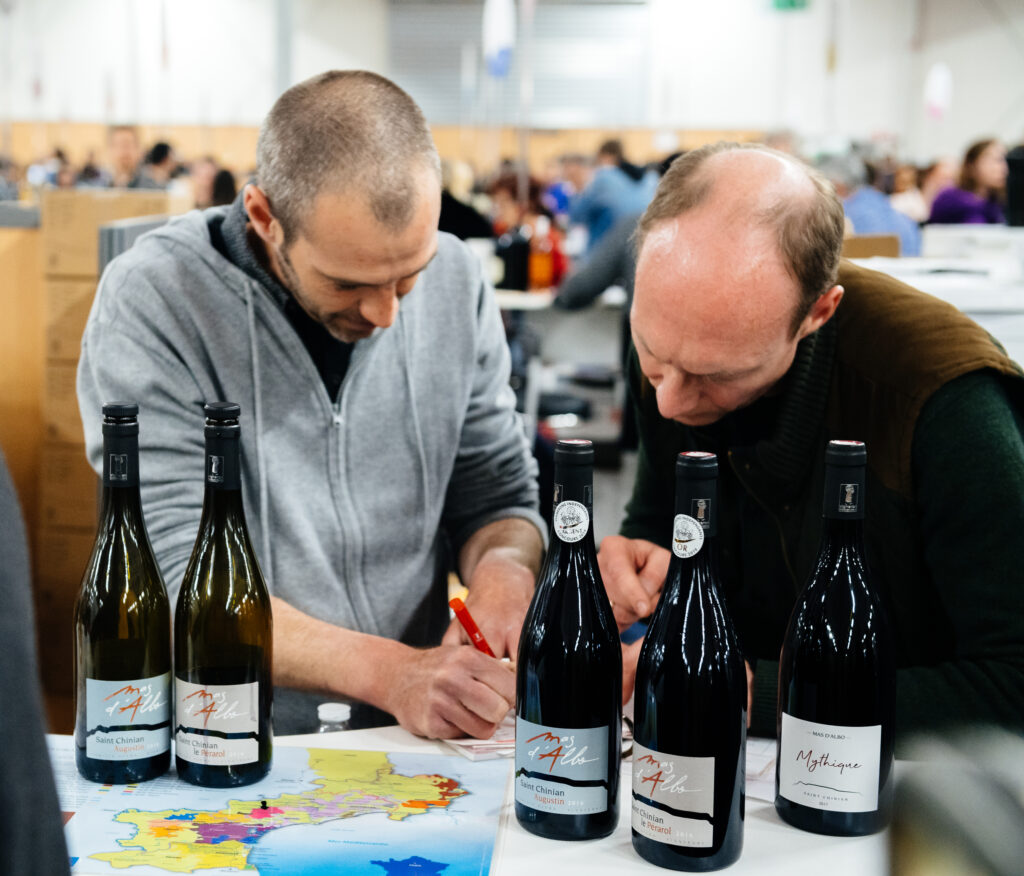
By: Louis J. Terminello, Esq. and Bradley Berkman, Esq.
Brand owners and wineries have options available when negotiating a wine packaging arrangement. This article will focus on the mechanics of an alternative to the standard contract packaging relationship. As a jumping-off point, contract packaging arrangements are one in which a winery will contract with a brand owner to produce and bottle wine for the brand owner. In the world of wine production, this is commonly referred to as a custom crush arrangement.
It is a relationship of independent contractors, memorialized in an agreement where the brand owner pays a fee for the bottling services of the winery, and the winery, in most instances, delivers the final bottled product to the brand owner. The beverage alcohol licenses required are both federal and state production/winery licenses held by the winery, and almost always a federal wholesales license issued by the Alcohol Tax and Trade Bureau (TTB) – which is held by the brand owner – and other state licenses are required.
All production reporting prepared and submitted by the winery and excise taxes, though almost always charged to the account of the brand owner, are reported, and paid by the winery. For all intents and purposes, the brand owner acts as both brand owner and distributor within the three-tier system and reports and pays excise tax at the state level, if required. Both parties benefit from this type of bottling arrangement. For the winery, this arrangement is an additional revenue stream. For the brand owner, a product can be brought to market without the high costs of investing in a production facility.
Separate from the above arrangement, TTB has a unique licensing scheme available that may be more advantageous to wineries and brand owners for numerous reasons and is referred to as an alternating proprietorship arrangement.
Alternating Proprietorship Defined
In the alternating proprietor relationship, an existing winery agrees to lease its winery premises to another party for the production of the “lessees” wine. The parlance typically used is “host” and “tenant.” The established winery acts as the host of the premises (think landlord) while the tenant “leases” the winemaking premises to produce its wine. There is an actual and permissible operational shift. Responsibility for, and the activities of, production may be taken over by the tenant operator. The relationship should be memorialized in an agreement between the parties, but the relationship requires application and approval by TTB before commencing production. 27 USC 24.136 (the Federal Code of Regulations) establishes the terms and requirements of the arrangement and is reprinted here for the reader’s review.
27 USC 24.136
§ 24.136 Procedure for alternating proprietors.
(a) General. Wine premises, or parts thereof, may be operated alternately by proprietors who have each filed and received approval of the necessary applications and bonds and have qualified under the provisions of this part. Where operations by alternating proprietors are limited to parts of the wine premises, the application will describe areas, buildings, floors, or rooms which will be alternated and will be accompanied by a diagram delineating the parts of the wine premises to be alternated. A separate diagram will be submitted to depict each arrangement under which the wine premises will be operated. Once the qualifying documents have been approved, and operations initiated, the wine premises, or parts thereof, may be alternated. Any transfer of wine, spirits, or other accountable materials from one proprietor to the other proprietor will be indicated in the records and reports of each proprietor. Operation of a bonded winery engaged in the production of wine by an alternate proprietor will be at least one calendar day in length.
(b) Alternation. All operations in any area, building, floor, or room to be alternated will be completely finished and all wine, spirits, and other accountable materials will be removed from the alternated wine premises or transferred to the incoming proprietor. However, wine, spirits, and other accountable materials may be retained in locked tanks at wine premises to be alternated and remain in the custody of the outgoing proprietor.
(c) Bonds. The outgoing proprietor who has filed bond as required under § 24.146 and intends to resume operation of the alternated areas, buildings, floors, or rooms following suspension of operations by an alternating proprietor shall execute a consent of surety to continue in effect all bonds. Where wine, spirits, or other accountable materials subject to tax under 26 U.S.C. chapter 51 are to be retained in tanks on the wine premises to be alternated, an outgoing proprietor who has filed bond as required under § 24.146 shall also execute a consent of surety to continue the liability of all bonds for the tax on the materials, notwithstanding the change in proprietorship.
(d) Records. Each proprietor shall maintain separate records and submit a separate TTB F 5120.17, Report of Bonded Wine Premises Operations. All transfers of wine, spirits, and other accountable materials will be reflected in the records of each proprietor. Each proprietor shall maintain a record showing the name and registry number of the incoming or outgoing proprietor, the effective date and hour of alternation, and the quantity in gallons and the percent alcohol by volume or proof of any wine, spirits, or other accountable materials transferred or received.
Summation of Basic Requirements:
An examination of the code helps us parse out the basic requirements and responsibilities of the proprietor under the alternating relationship. Foremost, bear in mind that under this production paradigm, both entities, while conducting their respective operation, are treated as proprietors under the law. Focusing on the requirements of the tenant proprietor, TTB requires that:
• The alternating tenant proprietor must qualify as a bonded winery and obtain a Federal basic permit as a wine producer to conduct operations at the host’s location.
• The tenant proprietor must comply with record and reporting requirements of its operations by preparing and submitting its own operational reports to TTB just as any other fully functioning wine operation must do.
• The tenant proprietor must obtain TTB approval of an application for a Certificate of Label Approval (COLA) before bottling the wine at the host’s location.
• The tenant alternating proprietor must pay the excise tax for wine bottled and removed from the host’s location.
• By extension, the tenant proprietor must hold an adequate bond to conduct its operations.
There are a variety of benefits to the tenant producer under this production relationship. Perhaps the most significant, depending on the production levels of the host, is the availability of the reduced excise tax rates under the Craft Beverage Modernization Act (CBMA). The tenant’s own production levels are considered exclusive of the host’s production levels. The reduced tax rate, which may not be available under a standard custom crush arrangement, may now be available to the tenant winery contingent upon its own production levels which is an attractive benefit to the tenant proprietor.
Note that TTB will scrutinize applications of alternating proprietorship to be sure the arrangement is not jeopardizing tax revenue, among other issues. Some of those additional areas of concern include an applicant’s attempt to qualify as a producer to take advantage of state tasting room regulations or to engage in direct-to-consumer (DTC) sales.
Although these options may be available to a tenant proprietor, the spirit of the intent of this bottling relationship should be the guiding principle. All other benefits may be available and are certainly worth exploring. Experienced counsel should be consulted if any uncertainty is present as to the permissibility, processes, and procedures of structuring an alternating proprietorship arrangement.
